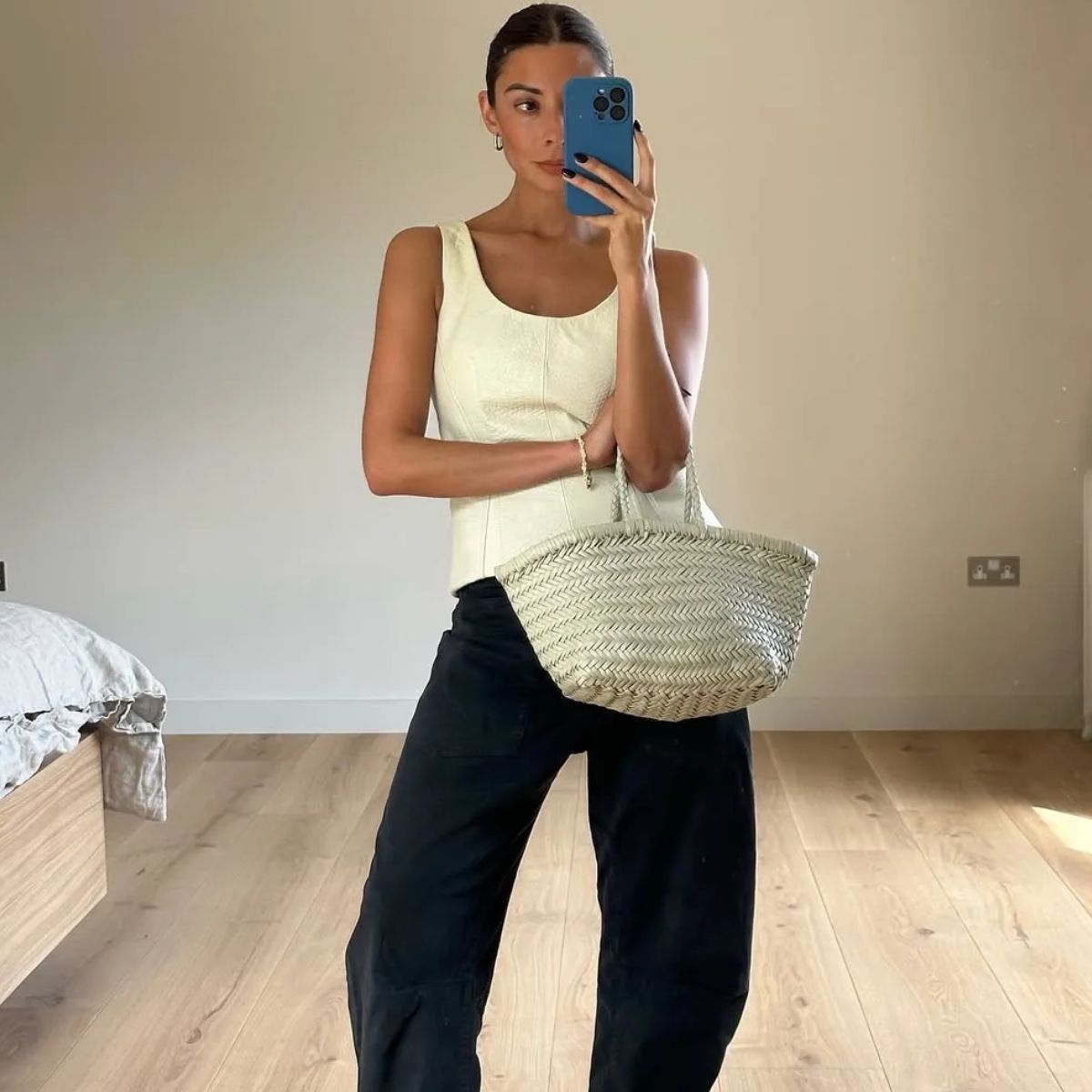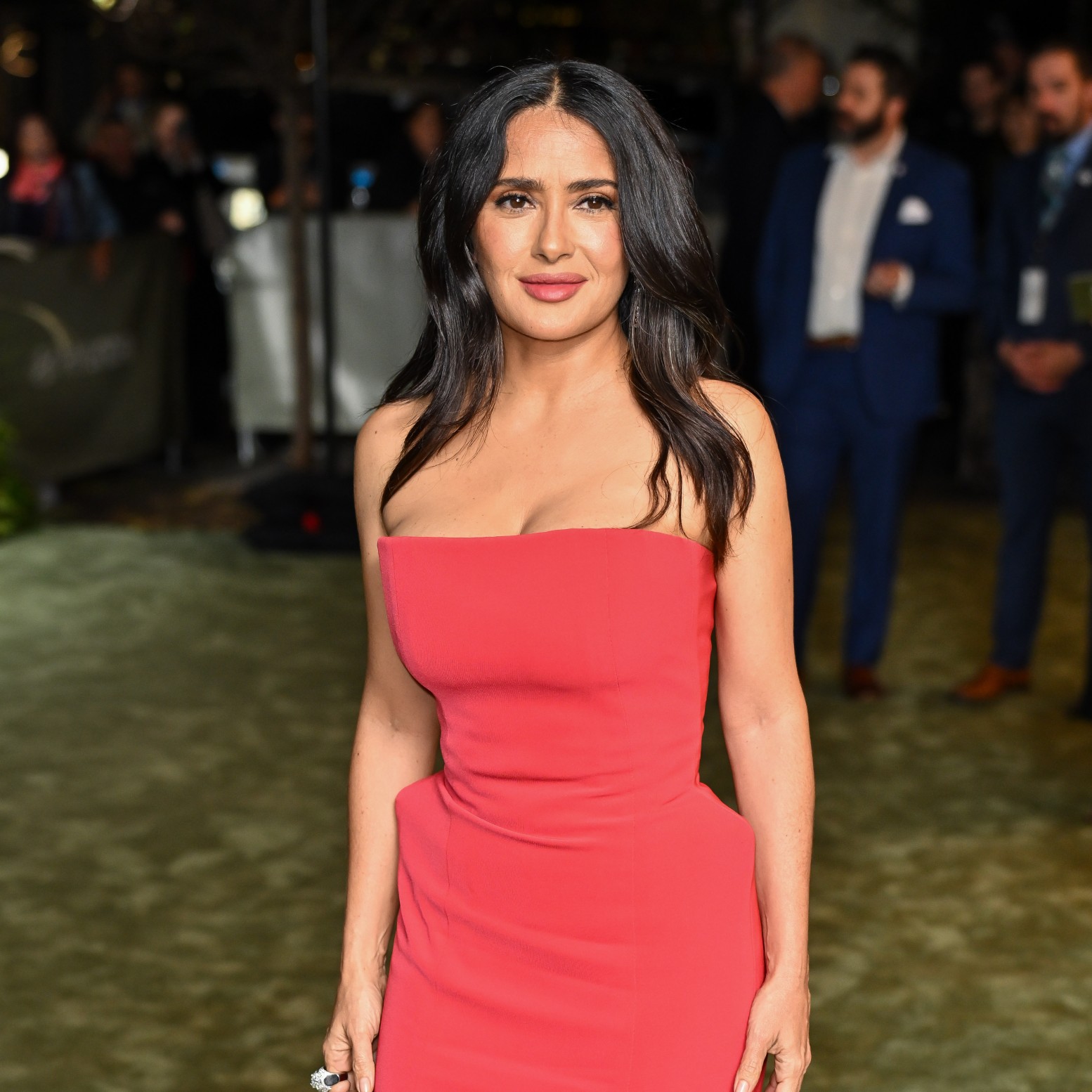Music Is Kilo Kish's Main Gig, But She's a Fashion Girl at Heart

"I’ve already looked on Vogue.com and looked at all the runway shows and know what I want to wear,” explains the 29-year-old recording and visual artist Kilo Kish (born Lakisha Robinson), acknowledging why she hasn’t gone ahead and hired a full-time stylist already. If I had to guess, I’d say that approximately 27 of the 45 minutes I spent getting to know her on the set of our shoot last month were about her admiration for and deep knowledge of fashion. I had an inkling this might be the case when I scanned her Instagram in the days leading up to our interview and learned that her style nods heavily to the ’80s, that she’s not afraid to play around with dramatic silhouettes or bold makeup looks, and thus concluded that this made her the ideal Who What Wear subject.
While Kilo Kish has yet to become a household name, I wouldn’t exactly call her an up-and-comer—over the past eight years, her music has traversed the realms of rap, R&B, experimental, and pop, and she counts The Internet, Childish Gambino, and Vince Staples as collaborators—but I’d argue that she’s having a moment right now. When we spoke, she was fresh off her tour with King Princess (literally—she’d just returned to L.A. the week prior) and enjoying a moment of respite in the wake of releasing her latest EP, Redux, a collection of equally ’80s-inspired, synth-heavy tunes. Even if you think you’ve never listened to her music, you’ve probably heard it. Her song "Taking Responsibility” was featured in the soundtrack to HBO’s Euphoria, making the older Kish tune one of the artist’s most-streamed songs.
In addition to her musical accolades, the fashion world is waking up to the creative force that is Kish. Rodarte cast her in the lookbook for its S/S 20 collection, and Vogue plucked her as one of its rising stars of 2020, solidifying her status as a name to know in more than one industry. Our conversation floated similarly between music and fashion, and we chatted about everything from making music during the "Wild West of the internet" to her 360-degree vision for her brand ("I'm basically just creative-directing myself"), why she identifies with the ’80s, and much more.
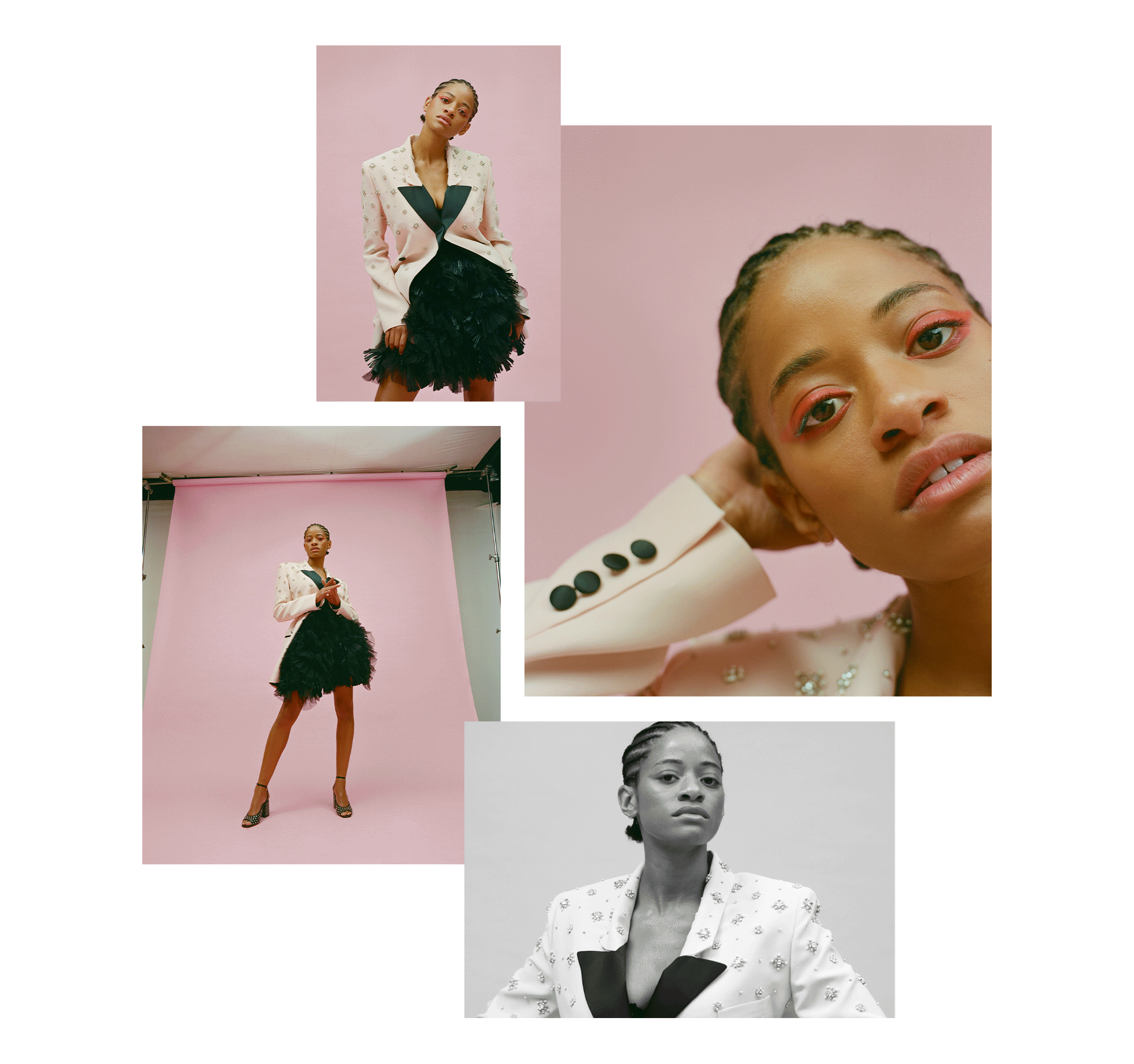
Your birth name is Lakisha Kimberly Robinson. Where does the name Kilo Kish come from? Is that an artistic name?
No, it wasn’t a choice. I basically started doing music on a whim, and my Twitter name at the time was Kilo Kish. There was a rapper that I used to listen to in Atlanta called Kilo Ali, so I just did a riff on that. Once I started making music, people would be like, "Oh, that’s the Kilo Kish song.” It’s kind of the same thing as someone having an Instagram name now and you assume that that’s their actual name, you know? I didn’t really choose it per se as an artist name. It kind of just stuck.
I learned in my research that you moved from your home in Florida to New York to pursue a career in fashion. How did you eventually get to where you’re at now?
I did a pre-college program at Pratt when I was 16 or 17 in the summer. I stayed at the college and thought I would go into industrial design or something in that realm, but I ended up having a year where my financial aid didn’t come through, so I was just working in the city, and I didn’t want to move back to Florida, so I took that year, and that was the year I started making music.
Then, when I was just starting to make music, I got into FIT for textile design because I wanted time doing something with my hands that was tactile. I guess I was just trying to figure out exactly what was the most interesting part. For me, it went from choosing architecture, which is something your parents deem acceptable, and then slowly moving into the things that you’re more interested in. Fashion was a guiding force for me when I was growing up, so I thought, Oh, I’ll do that, but then I didn’t even get to do that because by the time I graduated, I was just doing music.
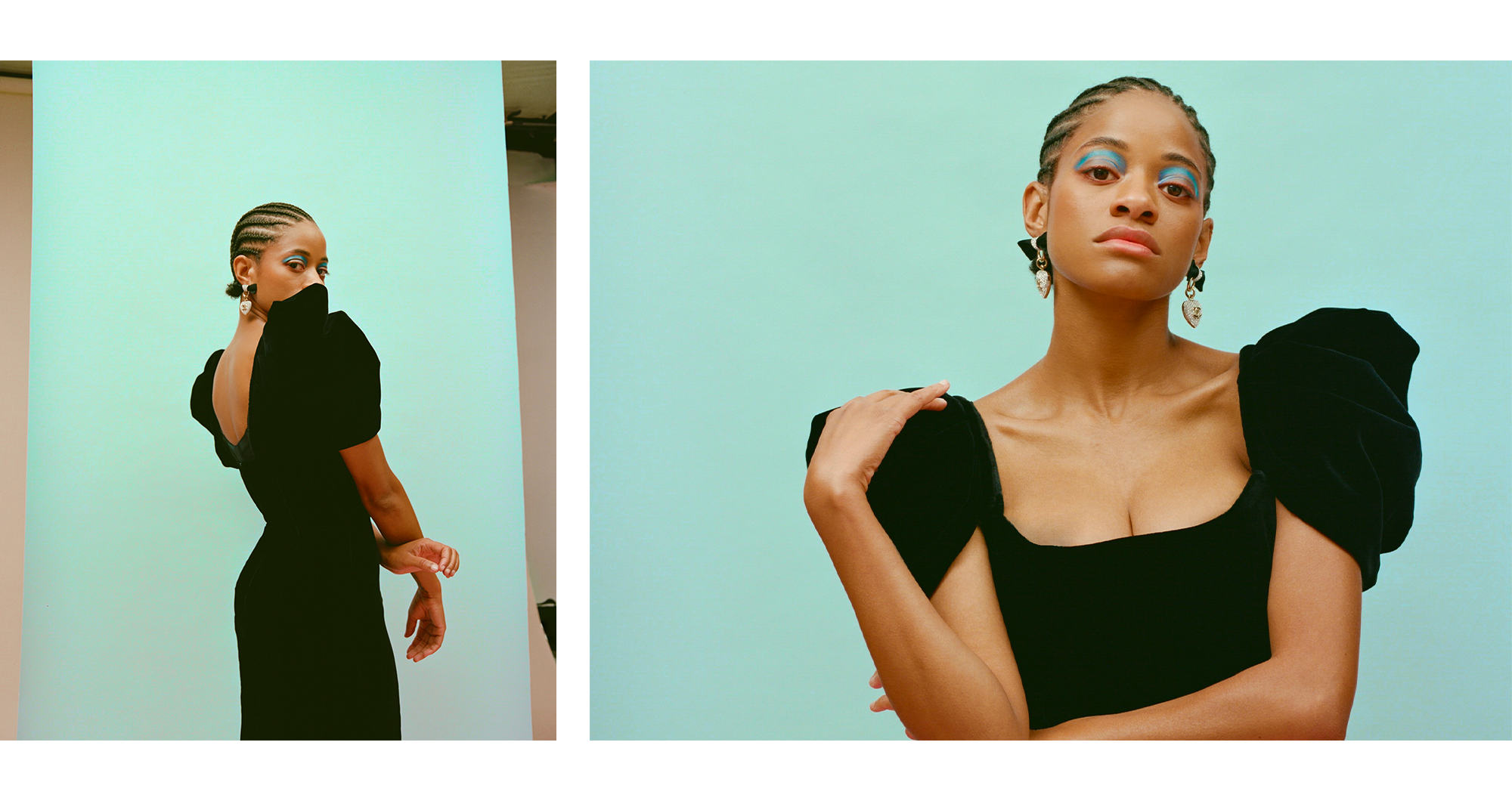
Tell me a little bit more about this transition into music. How did you decide you wanted to pursue a career as a musician?
I never really thought of it like, Oh, okay. I’m a music artist now. I still don’t think of it like that. I just make stuff in different realms and come up with ideas, so whatever project fits the best. Does this work better as a song or does this work better as a music video idea?
When I first started, I had no idea what it took to be a music artist. It was the wild Wild West of the internet, where you had Twitter and SoundCloud just forming. We’re getting all these artists—my close friends were a lot of members of OF (Odd Future) and the ASAP crew of guys—those were my friends on the East Coast. It was really just like a natural progression of a bunch of kids my age figuring out how to put music on the internet and how to make songs in your bedroom. You didn’t really actually have to know that much. Now I feel like if you’re a young artist, it’s a different playing field from when we first started. It was kind of free at that time.
I want to talk about your sound. How would you describe your sound now, and how has it evolved?
Now my music is more pop. It started more spoken or conversational. It’s gotten more melodic and traditional song structure. At first, a lot of my songs were in the one-to-three-minute range, but as I grew to produce more with other people, then I was more aware of song structure and how I wanted the songs to… like, are we having a bunch of choruses? Are we doing bridges? The sound really depended on the producers I worked with, too. When I first started, I was working with Matt and Syd a lot from The Internet. So it was way more their sound, which was a little bit jazzier, a little more soulful, I guess.
Then I did a project that was way more rap and trap-influenced. When I moved to California, I did an EP called Across, which was a little bit more indie, pop, a lot of guitars and trap drums. It’s just been a slow change into working with my boyfriend now, who produces my music for me and has since 2016. It kind of just started off with these slower, more conversational songs. I have this song "Existential Crisis Hour!" which is very much that. Some people might not even call it a song.
And then from there, the projects got more and more electronic as I started to perform live more. So I didn’t really perform live at the beginning of my career. I started after 2016. From there, it got more energetic because I like to have fun on stage, I realize. I’ve started to make songs more energetic since I’ve been playing live.
Is that energy and inclination toward pop music something we can hear in your newest EP Redux?
A little bit. With songs like "Nice Out," which is very hook-driven, and even "Both Sides" and "Spark" is my version of a pop song. All the songs on Redux are in a familiar structure. There are not too many beat change-ups, which were a staple in my last music where songs would drastically switch tempo.
But how do I keep them still as interesting and dynamic but also allow it to repeat? My boyfriend always jokes that I question whether or not I have to repeat things, and he’s like, "Yes, that’s the part of the song. You can’t just have one verse and then change it every single time.” For me, that’s so boring! Why would they want to hear it twice? But, of course, other people want to hear it twice. It’s a change from making music solely for yourself to making music with other people in mind.
Your song "Taking Responsibility” was in Euphoria, which is super exciting. I understand it’s a bit of an older song you had done. What was it like when you heard it was going to be on the soundtrack? Did it bring any new listeners to your page and things like that?
I actually haven’t seen the show! I posted a clip of the section where my song is featured, but I’m going to need to watch the show one day.
That song actually went up to my number two song on Spotify—random, yeah. A lot of people watch Euphoria I guess. Obviously, you get asked to do it before the show comes out, and also it was the first season, so all I knew was Zendaya and HBO, and I was like, okay cool. But then it became this huge show. I’m always down for syncs because I think it’s always interesting to hear my music in a different setting than I intended and see how people decide to put it into their own work.
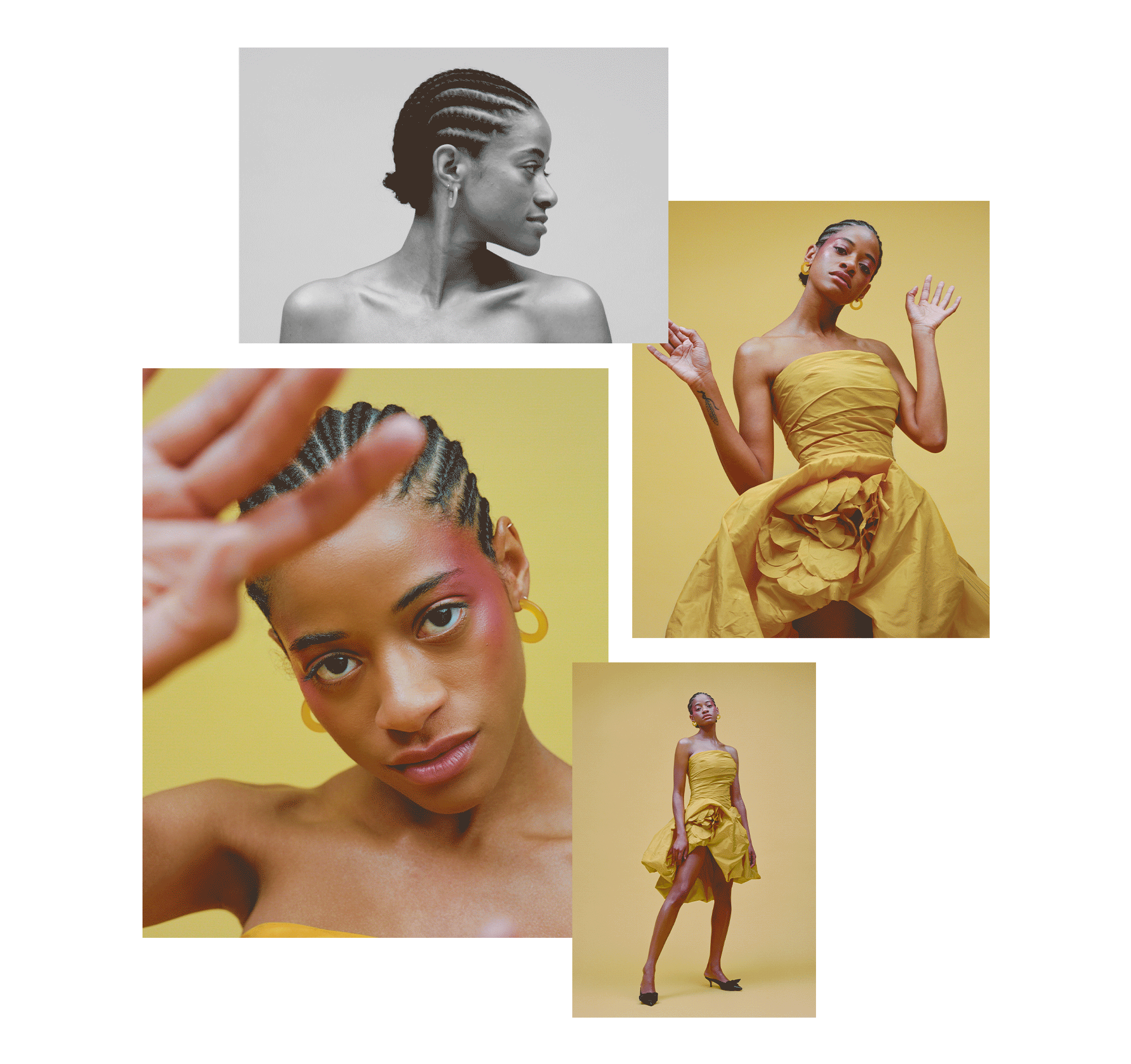
You’re in touch with a lot of other worlds as well and have a hand in fashion and art projects, too. What’s your relationship like with the fashion industry right now?
I’ve taken a different approach to fashion recently. I’m doing all my styling on my own. I’m designing and working through all my tour concepts on my own. I think when I first started, I had all these ideas that I needed to wear these brands or do this or that, and by doing too much fashion stuff when I first started that, I kind of burnt myself out. But now I’ve come back around to the idea of working with brands with whom I can work closely. That's what I loved about that shoot with Laura and Kate from Rodarte is that they were so in it. They were still putting buttons on the dresses and really creative-directing, which is so inspiring to me. It’s great to see how people make their creativity work. I wish that when you went to a fashion show, that you could not only sit in the front row and get your picture taken but that you could be there for the moments that are interesting to artists, like seeing how it all gets prepared or going to the factory. Those things interest me more than dressing up.
Is that the motivation behind styling yourself, to be as close to the process as possible?
Well, I work with stylists sometimes for red carpet and things like that. But generally, I’ve already looked on Vogue.com and looked at all the runway shows and know what I want to wear. It’s not like they’re sending me their ideas of what I’d look good in. It’s more like no, I really want this. Can you help me to get this? You know what you’re going for, so it’s more like, help me to achieve an idea that I’m already going for as opposed to making a mood board for what you believe Kilo Kish is and then dressing me up in it. Either way, it’s always coming from me out.
All right, fashion test: Who are some of your favorite brands right now?
I love Rodarte, obviously. I love the ’80s-ness of Saint Laurent’s little dresses. I love Miu Miu in general because I can be really girly at times, particularly all the little flats they have. As far as new brands, Phlemuns is an L.A .designer, and he’s great. I mainly buy everything vintage, though. I’m such a vintage girl anyways.
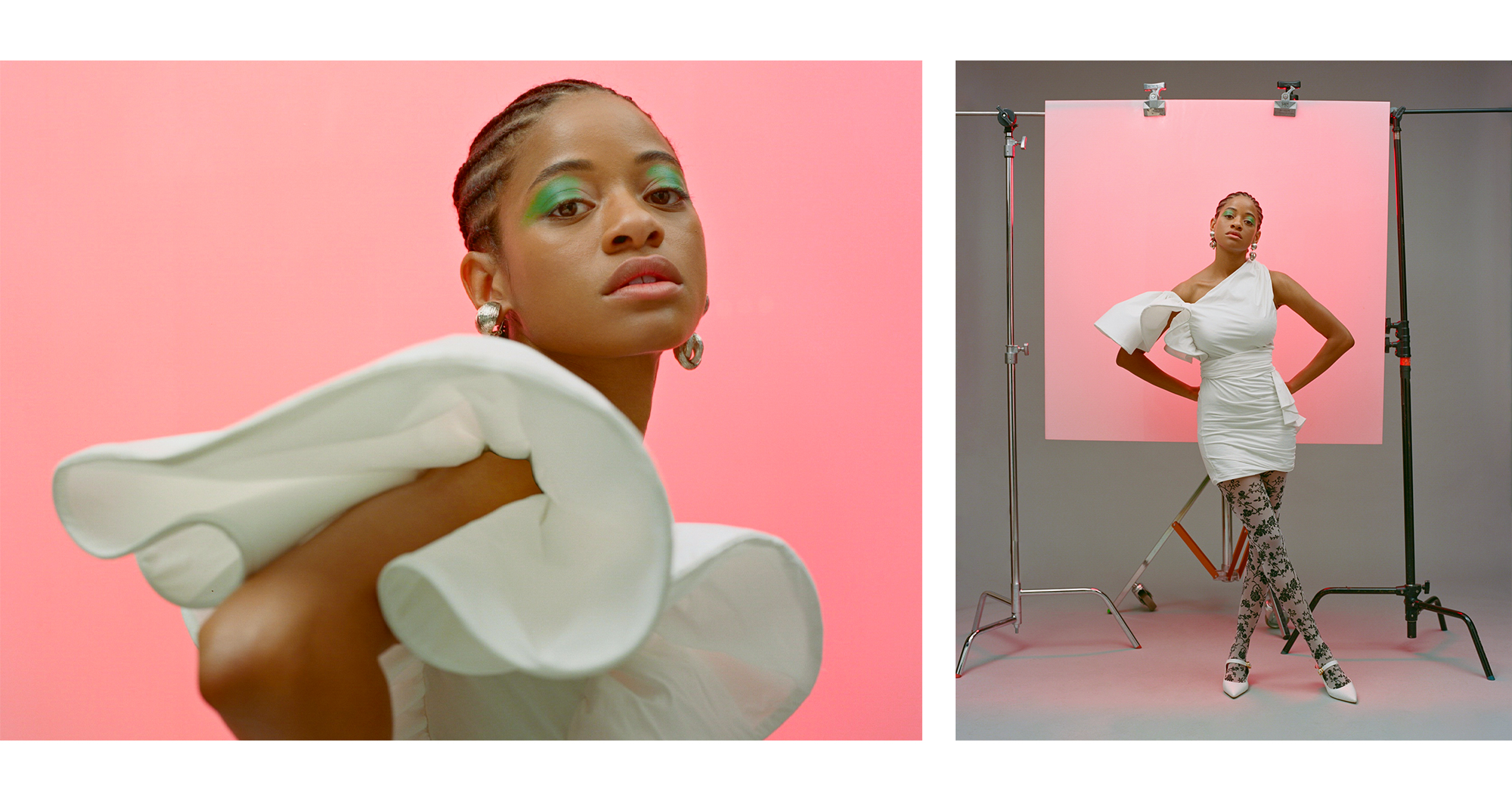
You have such an ’80s influence to your style, and from what I can tell, it’s very directional. What fuels your vision?
When I’m making the music, I come up with the overall vision for what I want it to feel and look like, so that shows itself in lots of mood-boarding. When I went to college, they told you specific ways to build your ideas out. So you do your mood board first, then you do this, then this. I kind of do that too when it comes to records. I’ll be like, this is the packaging direction I want. This is the visual direction beauty-wise I want. I’m basically just creative-directing myself.
I start off with what realm I want myself to look like during this time. So for example, with my Moth EP, which was the EP before this, it was all about delicate things. I was only wearing tutus when I was going out and things that were super sheer and delicate. And then as I went into Redux, the sonic palette is very ’80s, lots of old synths and things like that. The visual palette was similar. Sometimes it’s not, but this time it was. Basically, I was only doing bright dresses with fishnets and big sleeves. In general, I just like the ’80s anyway because it was a very odd time where anything goes. The ’80s are kind of "fuck it,” too. They’re a bit less angsty than the ’90s but very strong, and you could be what you wanted to be.
Where do you see yourself going in your career next?
In terms of music, I’m now at this place where I’m trying to learn instruments because I think it will help me produce music better. I’m learning piano and guitar and writing songs differently than I used to. When you start out so left, it’s kind of fun to go toward the middle. I learned when you play live, it’s nice to have those songs that are windy and different, but it’s also really nice for people to know the words of things and be with you in the moment. So I’ve started to write songs differently for that reason. At first, I wanted to show I was different from the pack, and then the more confident you are, the more comfortable you are with being accessible to people.
Photographer: Emman Montalvan
Stylist: Sue Choi
Hairstylist: Matthew Fugate
Makeup Artist: Tasha Brown
Anna is an NYC-based senior fashion editor who has been a member of the Who What Wear team for over seven years, having begun her career in L.A. at brands like Michael Kors and A.L.C. As an editor, she has earned a reputation for her coverage of breaking trends, emerging brands, luxury shopping curations, fashion features, and more. Anna has penned a number Who What Wear cover interviews, including Megan Fox, Julia Garner, and Lilly Collins. She also leads the site’s emerging travel vertical that highlights all things travel and lifestyle through a fashion-person lens.
-
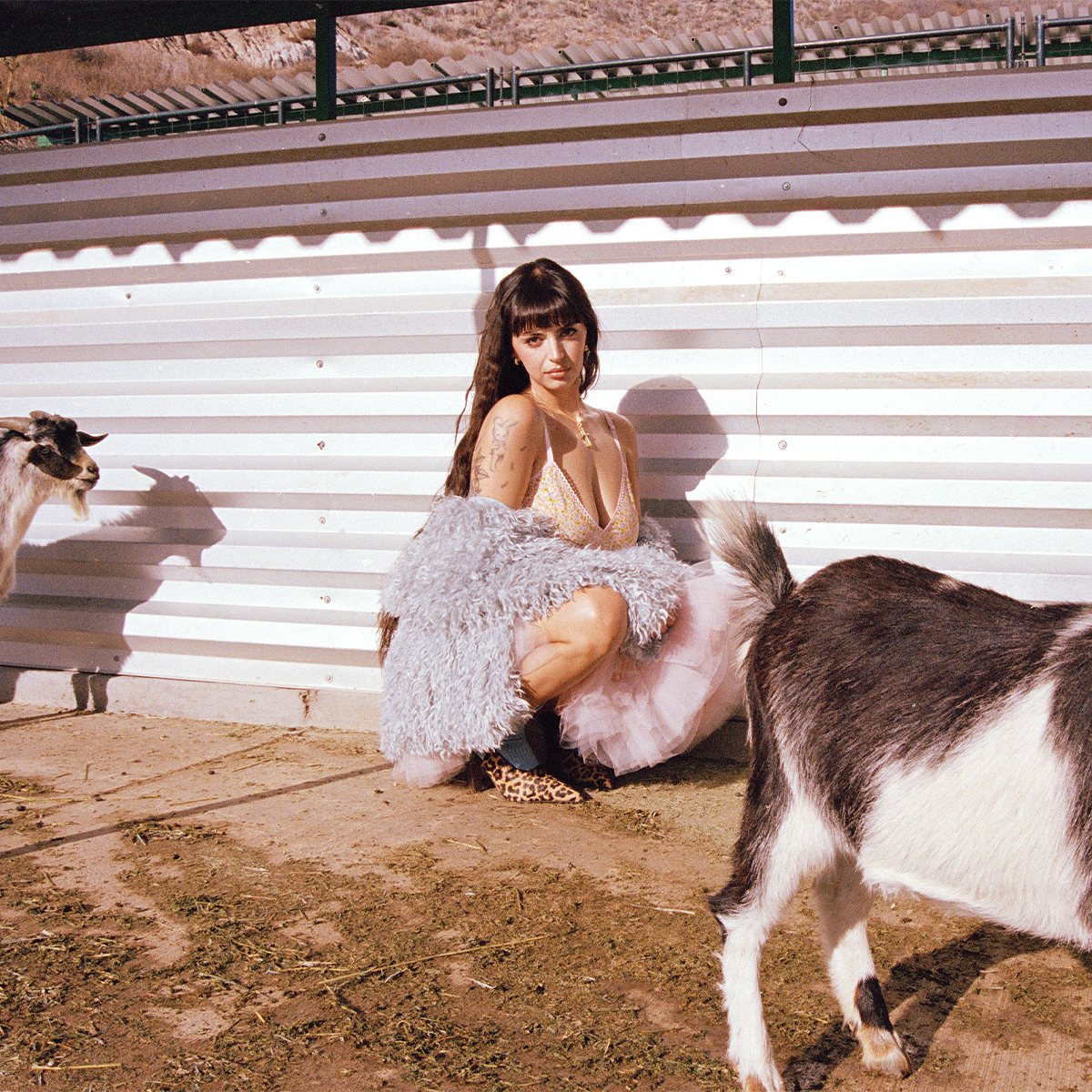 Rebecca Black Is Back and Ready to Show You All of Herself This Time
Rebecca Black Is Back and Ready to Show You All of Herself This TimeThe "Friday" singer has a brand-new pop EP, Salvation.
By Jessica Baker
-
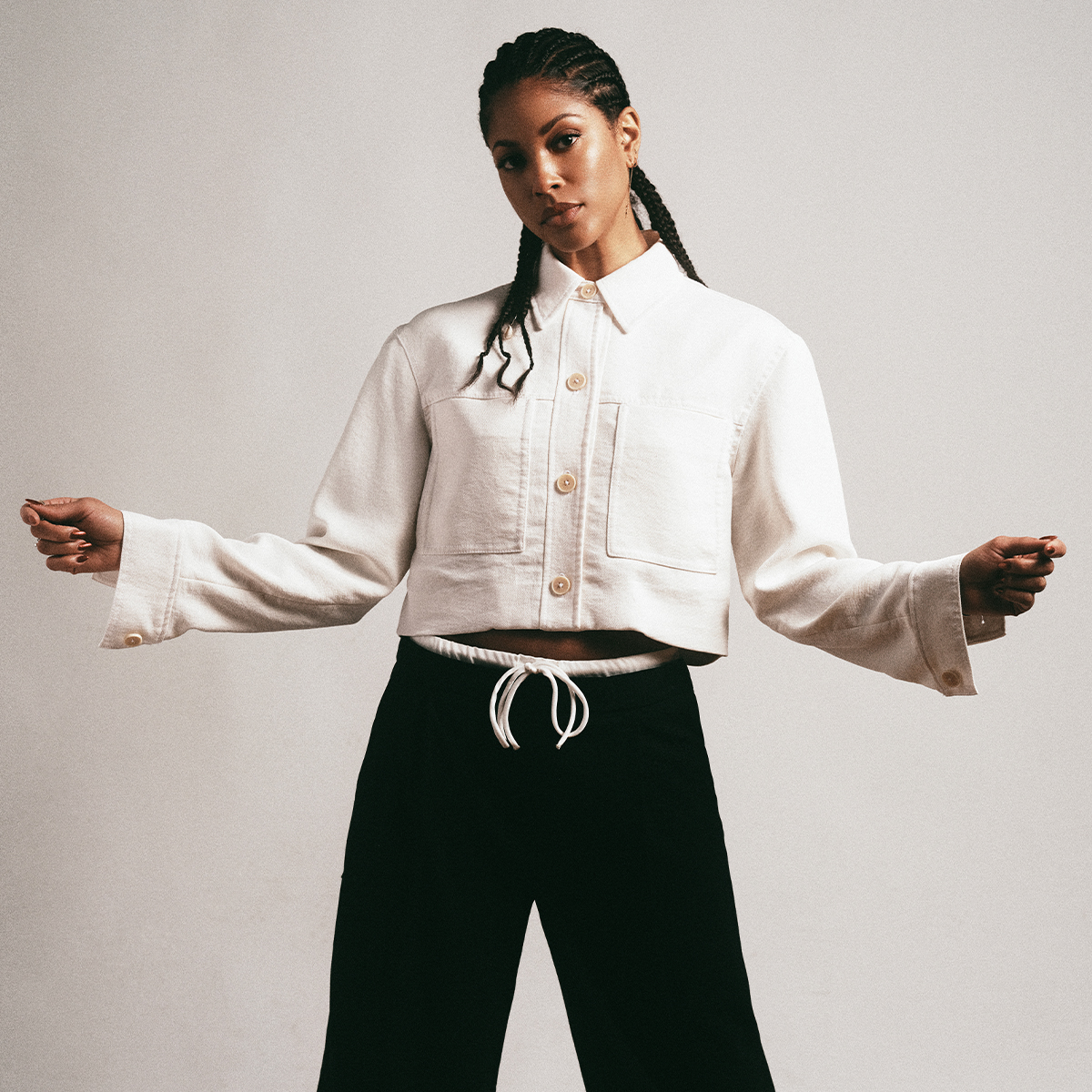 Lex Scott Davis on Joining the Suits Universe and Her Character's Iconic Wardrobe
Lex Scott Davis on Joining the Suits Universe and Her Character's Iconic WardrobeA lesson in power dressing.
By Jessica Baker
-
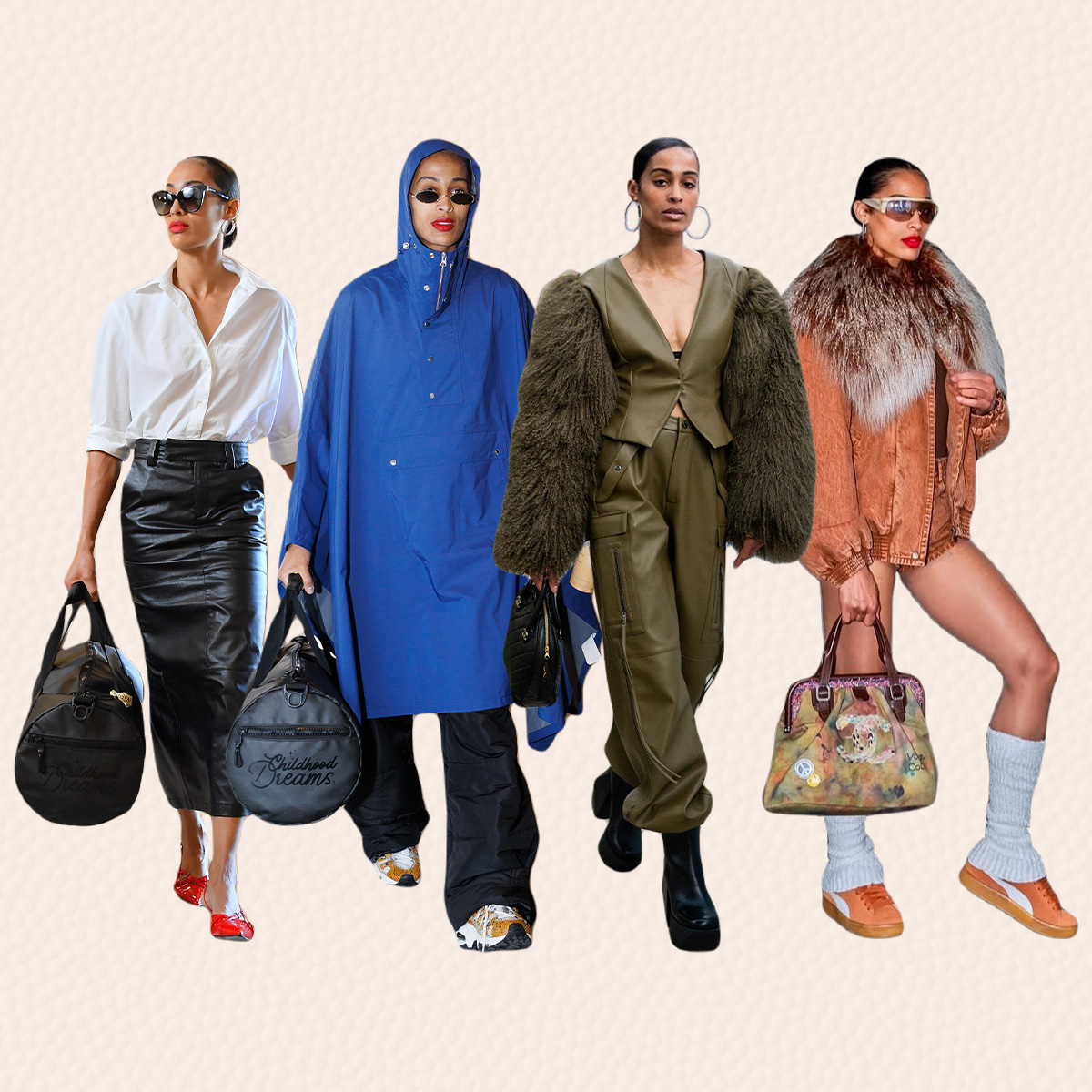 The Power of Styling in Sports
The Power of Styling in SportsIn conversation with Skylar Diggins-Smith and her stylist, Manny Jay.
By Eliza Huber
-
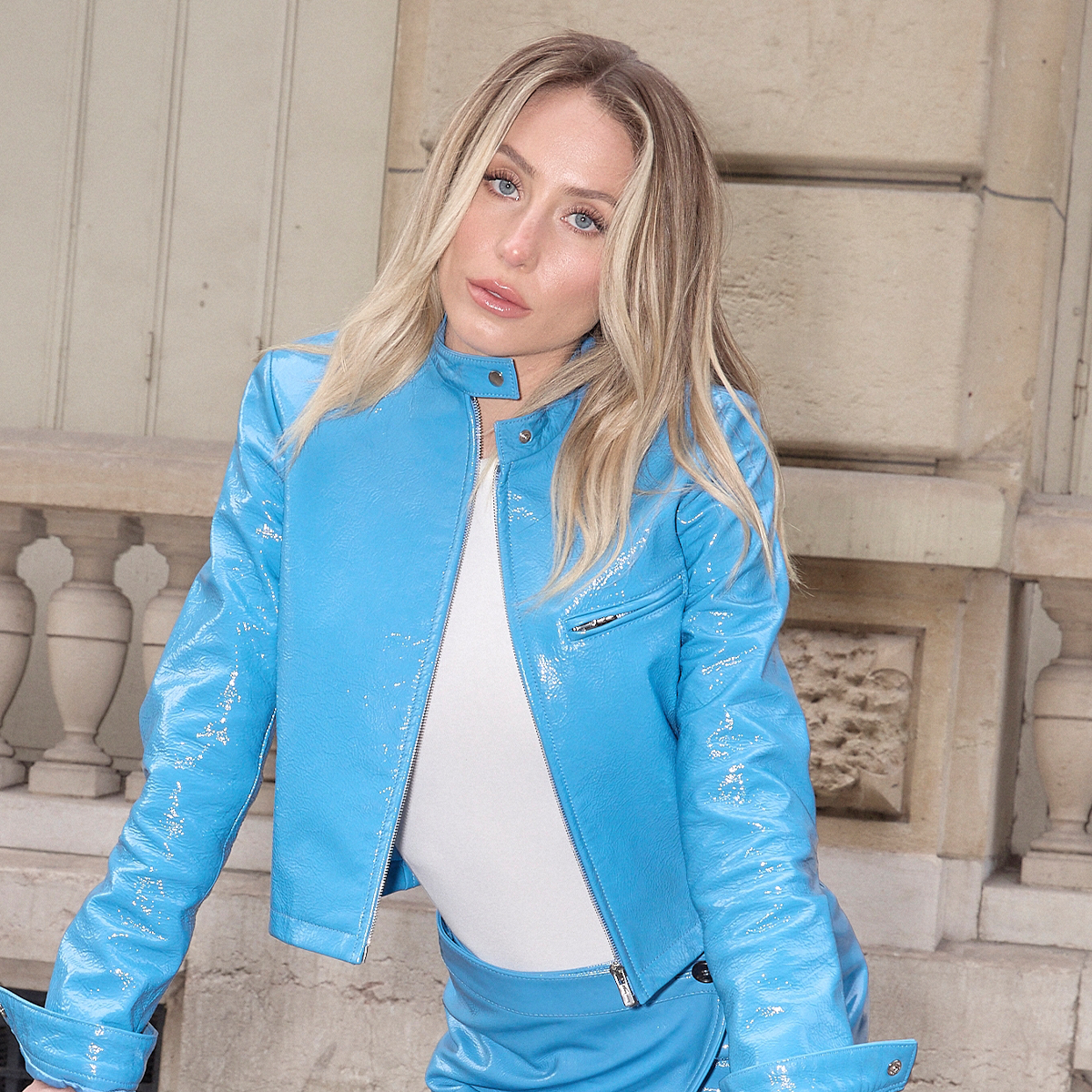 Alix Earle Takes Fashion Risks for Miu Miu (Yes, That Includes Socks With Heels)
Alix Earle Takes Fashion Risks for Miu Miu (Yes, That Includes Socks With Heels)Anything for Mrs. Prada.
By Ana Escalante
-
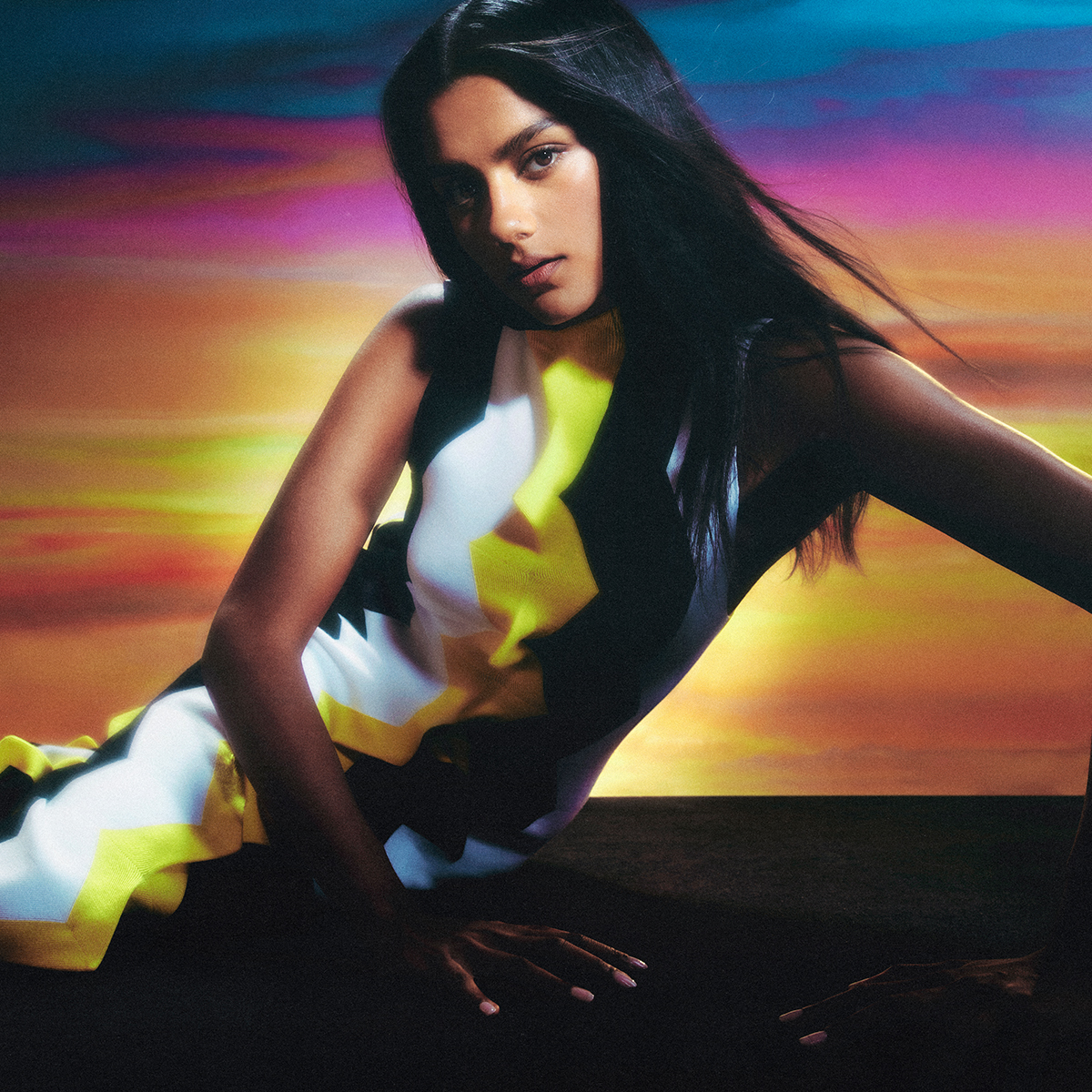 Simone Ashley Is in the Fast Lane
Simone Ashley Is in the Fast LaneSince her breakout role in Bridgerton, our Spring Issue cover star has quickly risen to A-list status. Up next, she masters the rom-com leading lady.
By Liv Little
-
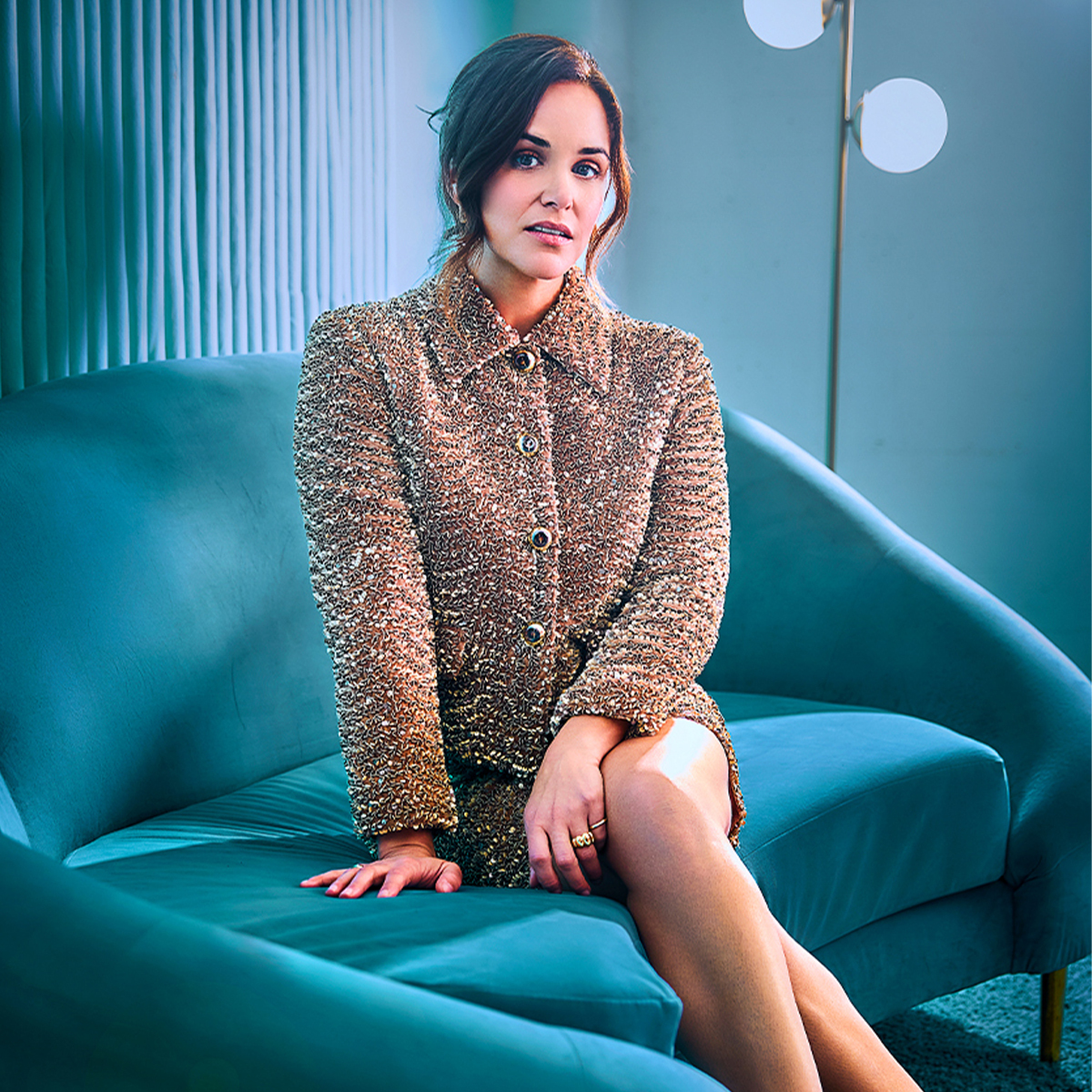 How Melissa Fumero Built One of Our New Favorite Fashion People on TV
How Melissa Fumero Built One of Our New Favorite Fashion People on TVMeet Birdie, Grosse Pointe Garden Society's queen bee and fashion person.
By Jessica Baker
-
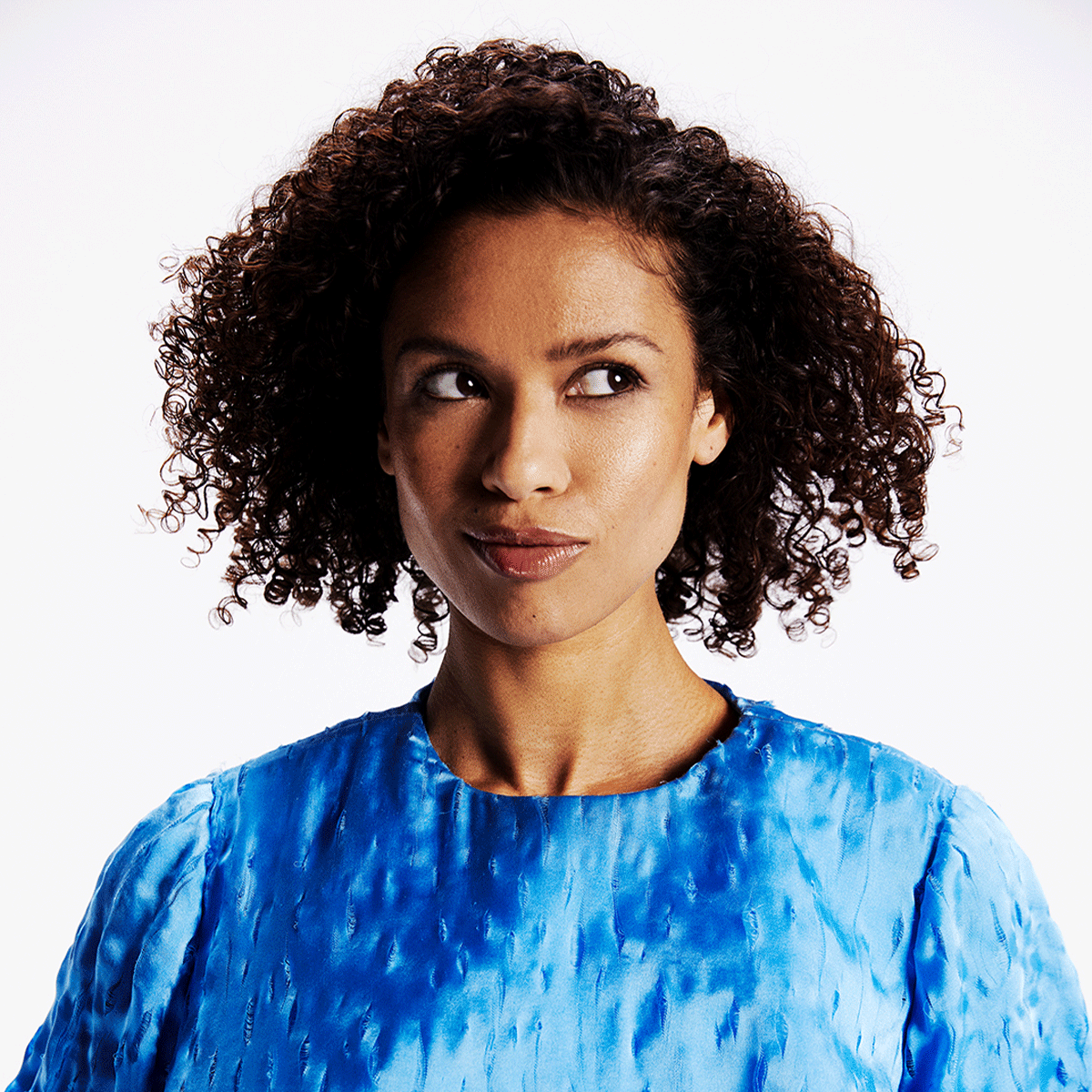 Gugu Mbatha-Raw on Surface Season 2 and the Fragrance She Uses to Get Into Character
Gugu Mbatha-Raw on Surface Season 2 and the Fragrance She Uses to Get Into CharacterHint: It's a beautiful woodsy scent full of twists and turns.
By Jessica Baker
-
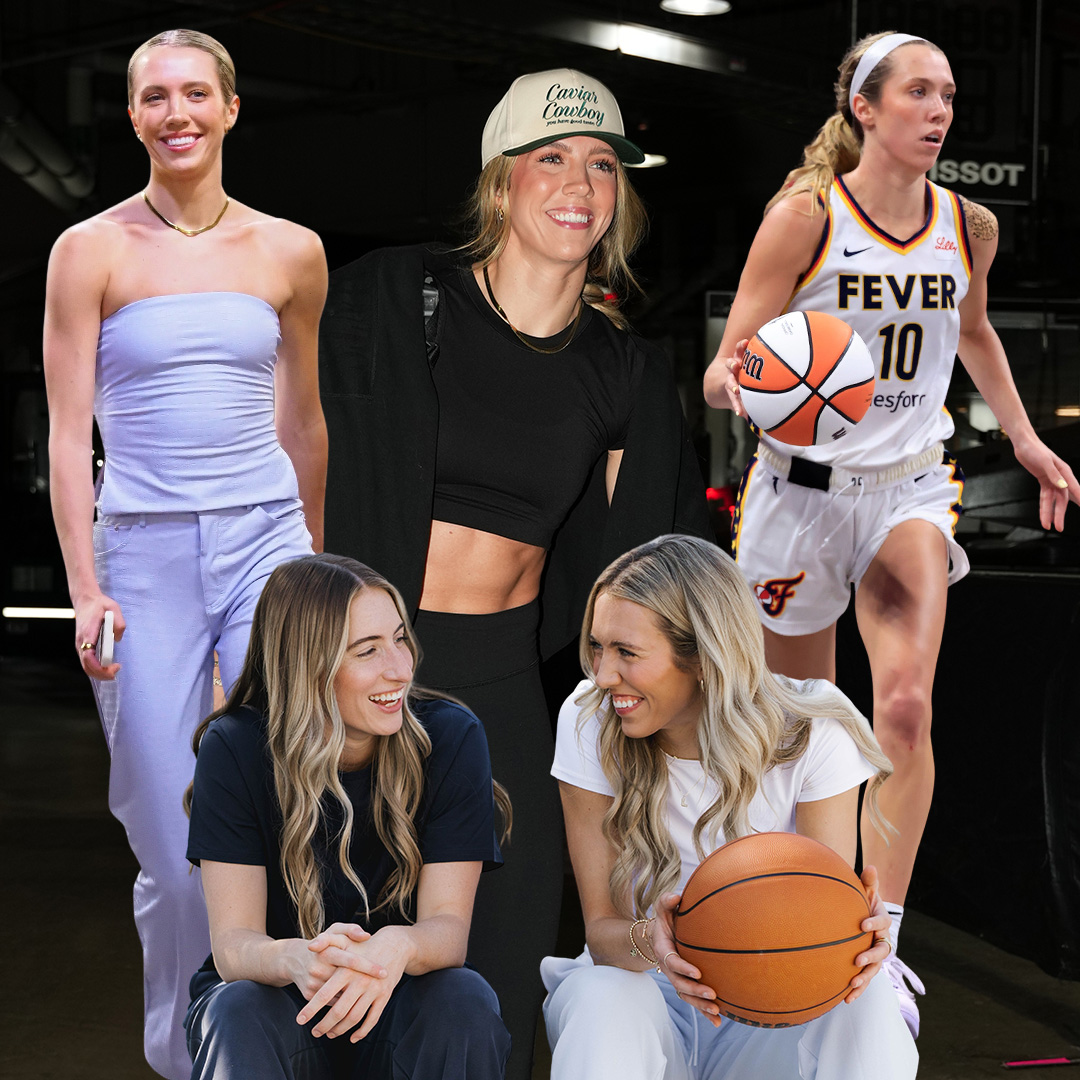 Meet Lexie Hull, TikTok's Favorite Shooting Guard Turned Influencer
Meet Lexie Hull, TikTok's Favorite Shooting Guard Turned InfluencerI spoke with Athleta's newest Power of She Collective member.
By Eliza Huber
